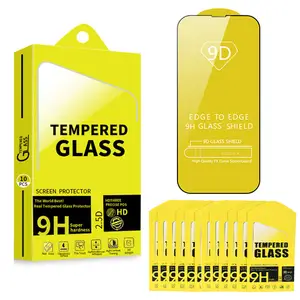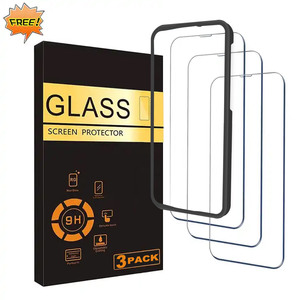Understanding Screen Guards
Screen guards have become an indispensable accessory for mobile device users. Serving as a shield, these screen protectors are designed to fit various devices, from the latest iPhone 14 Pro Max screen protector to the essential Samsung Galaxy S22 screen protector. The primary function of a screen guard is to protect the device's display from scratches, dust, and potential impact damage, ensuring the longevity and clarity of the screen.
Types of Screen Protectors
The variety of screen protectors available can cater to different needs and preferences. The tempered glass screen protector is known for its durability and impact resistance, while a plastic screen protector offers a flexible and lightweight option. For those seeking privacy, a privacy screen protector ensures that the screen content is visible only to the user directly in front of the screen. Meanwhile, the hydrogel screen protector is gaining popularity for its self-healing properties and flexibility.
Features and Applications
Each screen guard type comes with unique features. For instance, the glass screen protector is favored for its smooth touch and clarity. In contrast, the mobile phone screen protector often includes anti-fingerprint coatings to reduce smudges. The application of these protectors spans across various devices, including smartphones, tablets, and wearables like the Apple Watch screen protector. They are especially crucial for devices that are frequently used and carried around, as they are exposed to the risk of accidental drops and scratches.
Advantages of Screen Protection
The primary advantage of using a screen guard is the protection it offers against daily wear and tear. A cell phone screen protector can significantly reduce the risk of screen damage, which can be costly to repair. Additionally, certain screen protectors can enhance the user experience by reducing glare or improving the feel of the touch interface. They also help in maintaining the resale value of the device by keeping the screen in pristine condition.
Materials and Sustainability
Screen protectors are typically made from plastic, tempered glass, or hydrogel materials, each offering different levels of protection and sustainability. Tempered glass protectors provide a hard layer capable of absorbing shock, while plastic and hydrogel options offer a thinner, more flexible form of protection that can adapt to various screen shapes and sizes.
Choosing the Right Screen Guard
Selecting the right screen guard involves considering the device type, usage habits, and desired features. Whether it's a zagg screen protector known for its innovation or a specific iPhone 13 screen protector, users should assess the compatibility and the level of protection needed. It's important to review the specifications of each screen protector to ensure it meets the user's expectations without compromising on device functionality.












































 浙公网安备 33010002000092号
浙公网安备 33010002000092号 浙B2-20120091-4
浙B2-20120091-4